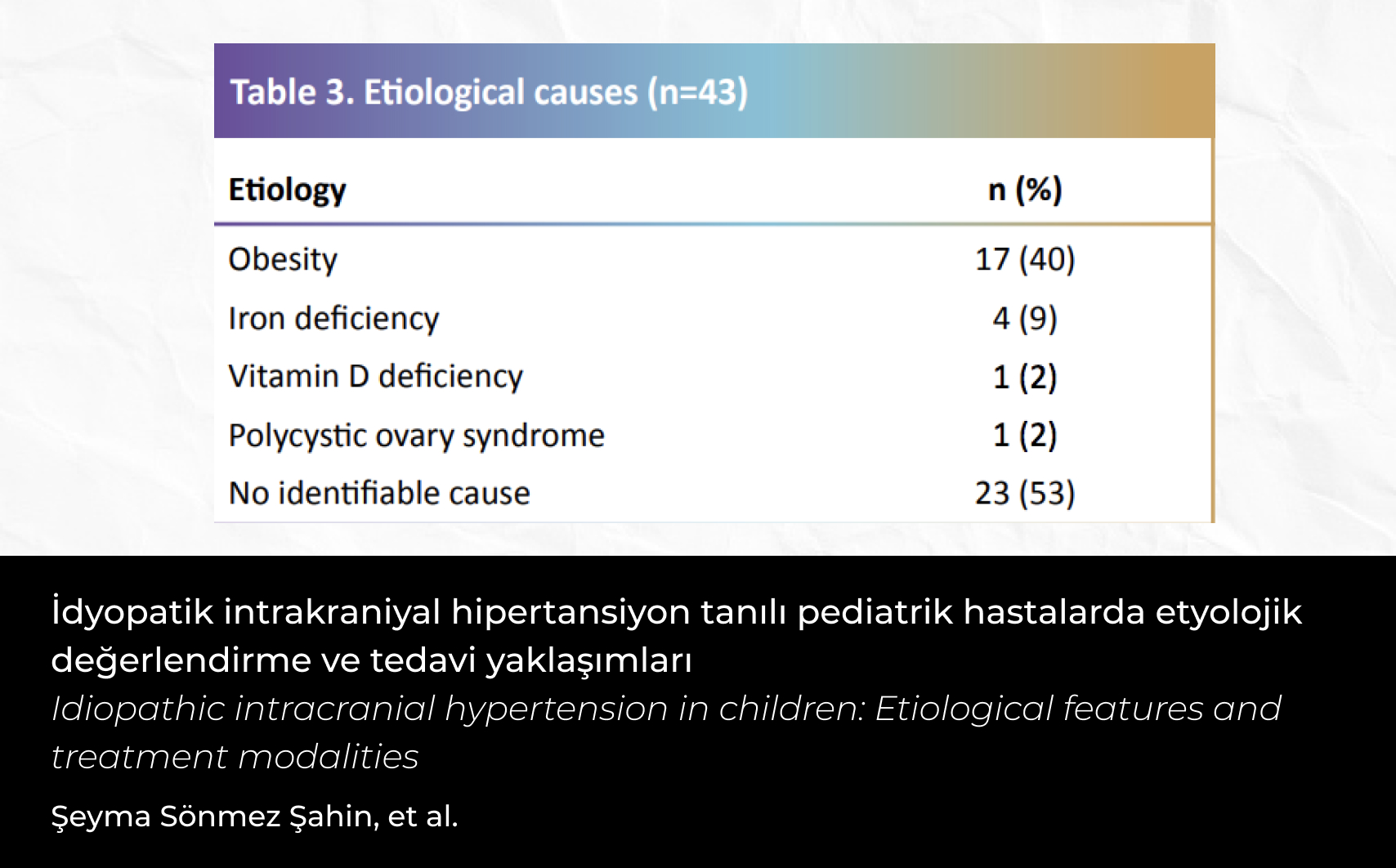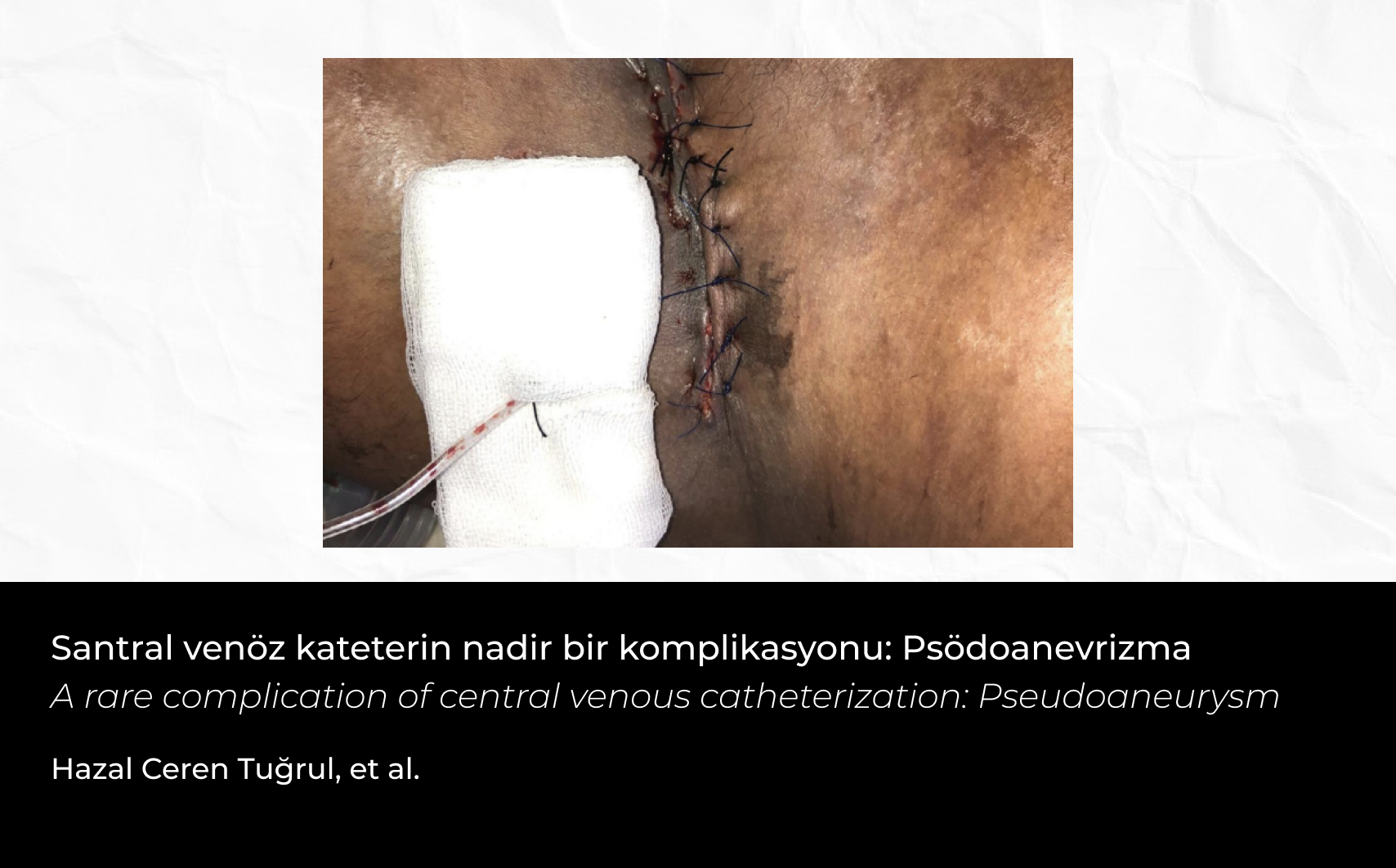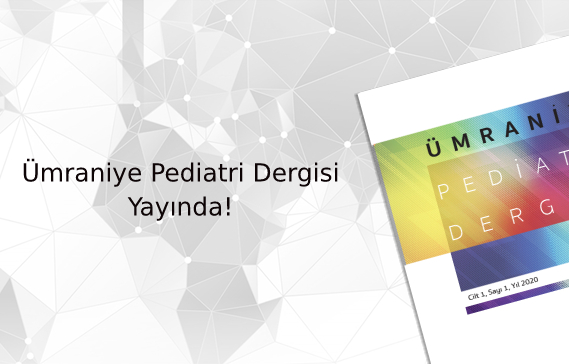2Kocaeli Üniversitesi Tıp Fakültesi, Çocuk Alerji ve İmmunoloji Bilim Dalı, Kocaeli, Türkiye
3Bakırköy Kadın Doğum ve Çocuk Hastalıkları Eğitim Araştırma Hastanesi, Çocuk Alerji ve İmmunoloji Bilim Dalı, İstanbul, Türkiye
Özet
Amaç: Bu çalışmada, orta persistan astım tanılı çocuklarda noninvaziv bir yöntem olan yüksek rezolüsyonlu bilgisayarlı tomografide (YRBT) patoloji varlığının; olguların solunum fonksiyon testleri, metakolin bronş provokasyon testi, semptom ve medikal skorlarına olan olası etkilerinin araştırılması amaçlandı.
Gereç ve Yöntemler: Çalışma, çocuk alerji polikliniğinden takipli orta persistan astım grubundaki 22 hasta üzerinde yapıldı. Hastalar YRBT’de patoloji varlığına göre iki gruba ayrıldı. Her iki gruptaki hastaların solunum fonksiyon testleri, metakolin bronş provokasyon testleri, cilt testleri, kan eozinofil düzeyi, serum immünglobulin E düzeyleri, semptom ve medikal skor sonuçları değerlendirildi.
Bulgular: Hastaların 10’unda (%45) YRBT’de patoloji saptanmıştır. En sık YRBT patolojisi %80 oranında atelektazi olup bunu bronş duvar kalınlaşması (%50), bronşektazi (%40), fokal buzlu cam görünümü (%30) ve hava hapsi (%20) izlemekteydi. Atelektazinin %88’i sağ orta lob lokalizasyonunda tespit edildi. Grupların metakolin bronş duyarlılık testi pozitiflik sıklığı, kan eozinofil düzeyi, semptom ve medikal skor ortalamaları arasında fark yoktu. YRBT’de patoloji saptanan hastaların (grup I) FEF25–75 ortalaması patoloji saptanmayan hastalara (grup II) göre anlamlı düşük olarak saptandı (p=0,025). FEV1, PEF, FEV1/FVC değeri ortalamaları grup I’de düşük bulunmasına rağmen istatistiksel bir fark tespit edilmedi (p>0,05).
Tartışma: Orta persistan astımlı çocuklarda yapılan solunum fonksiyon testlerinde FEF25–75 düşüklüğü saptanması durumunda YRBT’de patolojik bulguya rastlanma olasılığı daha yüksektir.
2Department Pediatric Allergy and Immunology, Kocaeli University Faculty of Medicine, Kocaeli, Turkey
3Department Pediatric Allergy and Immunology, Bakırköy Maternity and Children’s Training and Research Hospital, İstanbul, Turkey
Abstract
Objective: In this study, the aim was to investigate the possible effects of the presence of pathology at a noninvasive method, high resolution computed tomography (HRCT) in children with moderate persistent asthma, on the respiratory function tests, methacholine bronchial provocation tests, symptoms, and medical scores.
Material and Methods: The study included 22 patients followed up with the diagnosis of moderate persistent asthma at the Pediatric Allergy Department. Patients were divided into two groups depending on the pathology detected using HRCT. The respiratory function tests, methacholine bronchial provocation tests, skin tests, blood eosinophil levels, serum Ig E levels, symptoms, and medical score results of patients in both groups were evaluated.
Results: Pathology was detected in 10 patients (45%) using HRCT. The most frequent pathology determined using HRCT was atelectasis with 80% frequency followed by hypertrophy of the bronchial wall (50%), bronchiectasis (40%), focal ground glass appearance (30%), and air trapping (20%). Eighty-eight percent of atelectasis was localized in the right middle lobe. There was no significant difference between groups in terms of methacholine bronchial provocation tests, blood eosinophil levels, symptoms, and medical score results. The mean FEF25–75 values were significantly lower in patients with pathology detected using HRCT (Group I) than in patients without any pathology (Group II) (p=0.025). Although mean FEV1, PEF, and FEV1/FVC values were lower in Group I, these were not statistically significant between groups (p>0.05).
Conclusion: In the case of a low FEF25–75 value determined at the respiratory function test of patients with moderate persistent asthma, the probability of finding a pathology using HRCT was higher.






 Dilek Yavuzcan Öztürk1
Dilek Yavuzcan Öztürk1 





